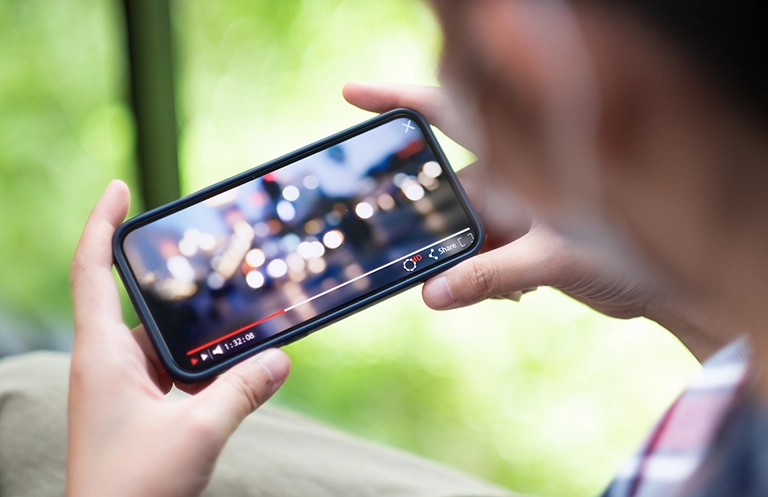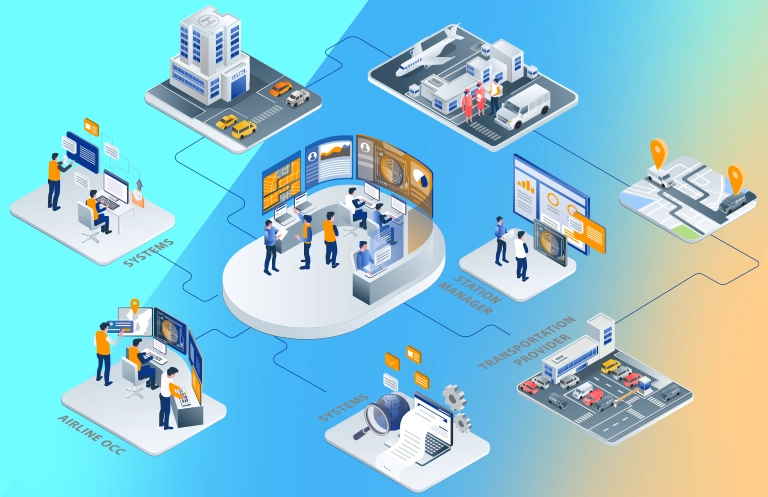Background:
In an age when IoT has become a buzzword, many of us are still involuntarily dependent on electric cords and power supplies to keep our smartphones and electronic devices up-and-running. This often leads to hilarious situations in everyday life:
“Oh no! Where’s the charger?”
“Can’t remember. Did you even bring it?”
In situations like these, wouldn’t it be handy to have a gadget that can charge your device without the need for charging cables? Some would argue that power banks already exist for such a purpose, but they come with their own set of limitations since power banks cannot be an effective replacement of your phone charger. Apart from the inconvenience of pre-charging them every single time, and the painfully slow charging process, there is evidence that power banks, especially the cheap ones, can cause irreparable damage to your phone battery life.

Image Courtesy : Androidauthority
Wireless charging products are a welcome addition to the smartphone accessories market. There’s only one small caveat here – your phone/electronic device has to be compatible with the wireless charger, e.g. Galaxy S7 or iPhone6S which support wireless charging facility through what is known as Qi compatibility. Alliances such as Wireless Power Consortium, Air Fuel Alliance (A4WP) and Power Matters Alliance (PMA) are working to evolve the next-generation standards for wireless charging.
Key differences between Qi and PMA lie in the transmission frequencies and connection protocols used to communicate between devices and control power management. Wireless chargers are expected to redefine the smartphone accessories market as more and more wearable and mobile device product segments revolve around this facility.
Here, we will take a look into how the Qi standard works.
Wireless Charger Qi Standard:
Wireless charging works by transferring power from one electronic device to another using electromagnetic fields (EMF) instead of direct ACxDC conversion through an external power supply, followed by the device battery. Basically, energy is transferred through inductive coupling, creating a magnetic field that is used to charge batteries.

Wireless Charger System
There are essentially two devices in a wireless charging system; 1) base station and 2) the mobile device. The base station is usually a power transmitting pad on which the mobile device rests, with onward connection to the mains (AC) supply. Both devices have a coil for supporting internal connections. The distance between the base station and the mobile device can be up to 4 cm.
The power transfer and communication happens over an inductive coil present in the base station. In Qi protocol parlance, the mobile device to base station communication uses what is known ASK modulation, and FSK modulation for messaging from the base station to the actual mobile device. The receiver sends the control information to the transmitter which demodulates the message and controls the power transfer. The transmitter can control the power using voltage and frequency. There is a data communication protocol between the base station and mobile device.
There are two specifications for Qi standard. One is a low power specification which can transfer up to 5W power, and the second is a mid-power specification which can allow up to 15W power transfer. The mid-power specification allows bidirectional communication between the transmitter and receiver, whereas low power allows only the receiver device to transmit communication. Developers can download the protocol specification from the Qi website.
Looking to incorporate wireless charging into your product?
eInfochips provides hardware and software solutions for wireless charging. We had recently provided a design solution for one of the customers for 3-coil wireless charger transmitter. We developed 3-coil wireless charger hardware and software that supports Qi mid-power and low power specs. This helps in transferring up to 15W power with more than 60% efficiency in each coil. Basically, the system detects the receiver coil plate and starts transferring power from the one of the transmitter coils out of three, whichever is most efficient and closest to the receiver coil.
Wireless charging is an emerging technology with plenty of scope for improvement. eInfochips helps its product engineering clients with both software/firmware and hardware development. To know more, write us an email at marketing@einfochips.com













